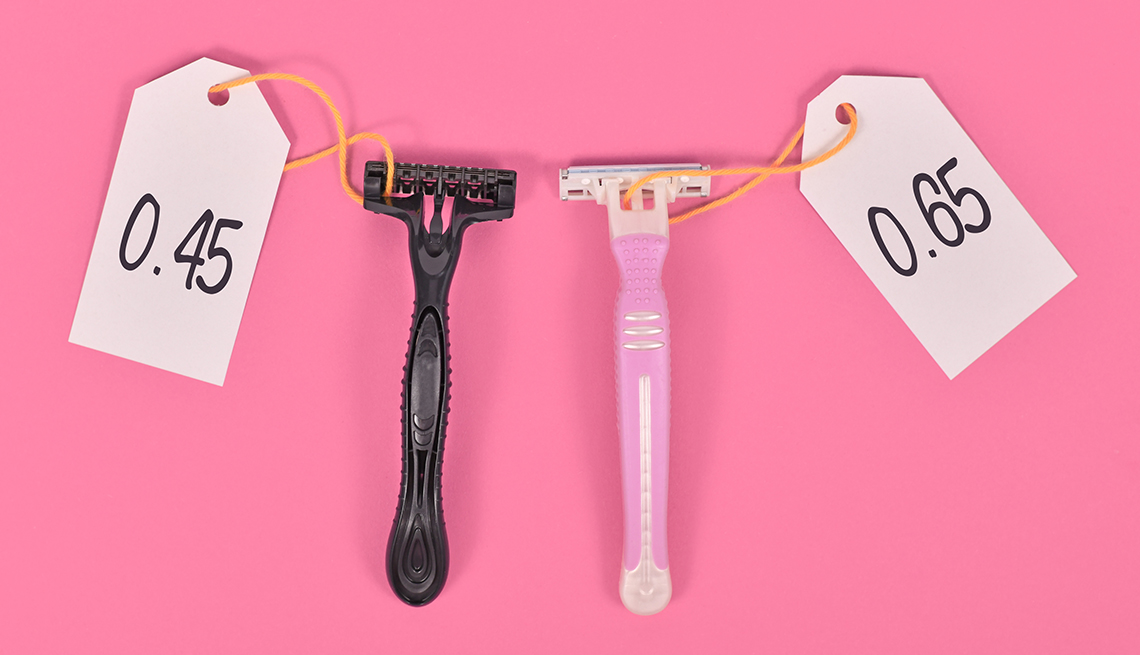Staying Fit
If you think you pay more for a haircut, dry cleaning and health care just because you’re a woman, you aren’t wrong. The so-called pink tax is alive and kicking, made worse by inflation, which hit a 40-year high in March. Prices for consumer goods excluding food and energy are up 6.5 percent year over year since then.
“The pink tax is real, it’s significant, and only a few states have taken action,” says Democratic state Sen. Derek Slap of Connecticut. “It’s not a new issue, but it’s only gotten worse. It’s an issue that costs women, on average, more than $1,500 a year.”


AARP Membership— $12 for your first year when you sign up for Automatic Renewal
Get instant access to members-only products and hundreds of discounts, a free second membership, and a subscription to AARP the Magazine.
The situation is exacerbated by the income disparity between women and men. Not only are women paying more for consumer products and services, but they are also getting paid less.
A white woman makes 82 cents for every $1 a white man makes. For Black women, it’s 79 cents for every $1, and for Hispanic women, it’s 78 cents, according to Payscale, a research firm that tracks salaries. “They are already getting paid less and have the challenge of paying more for a product that should be the same across gender,” says Judit Arenas, senior director and senior adviser at consulting firm APCO Worldwide.
Women pay up for pretty packaging
For years, women have been penalized for their femininity when it comes to goods and services they consume. Razors, deodorant, body lotion, shampoo and other day-to-day items packaged in pink materials and marketed to women are typically more expensive than the same products aimed at men. Gender becomes the focus, instead of the features the product provides.
A study conducted in 2015 by New York City’s Department of Consumer Affairs underscored the problem, leading the state to institute a law banning businesses from gender-based discrimination in pricing. Among its findings:



































































